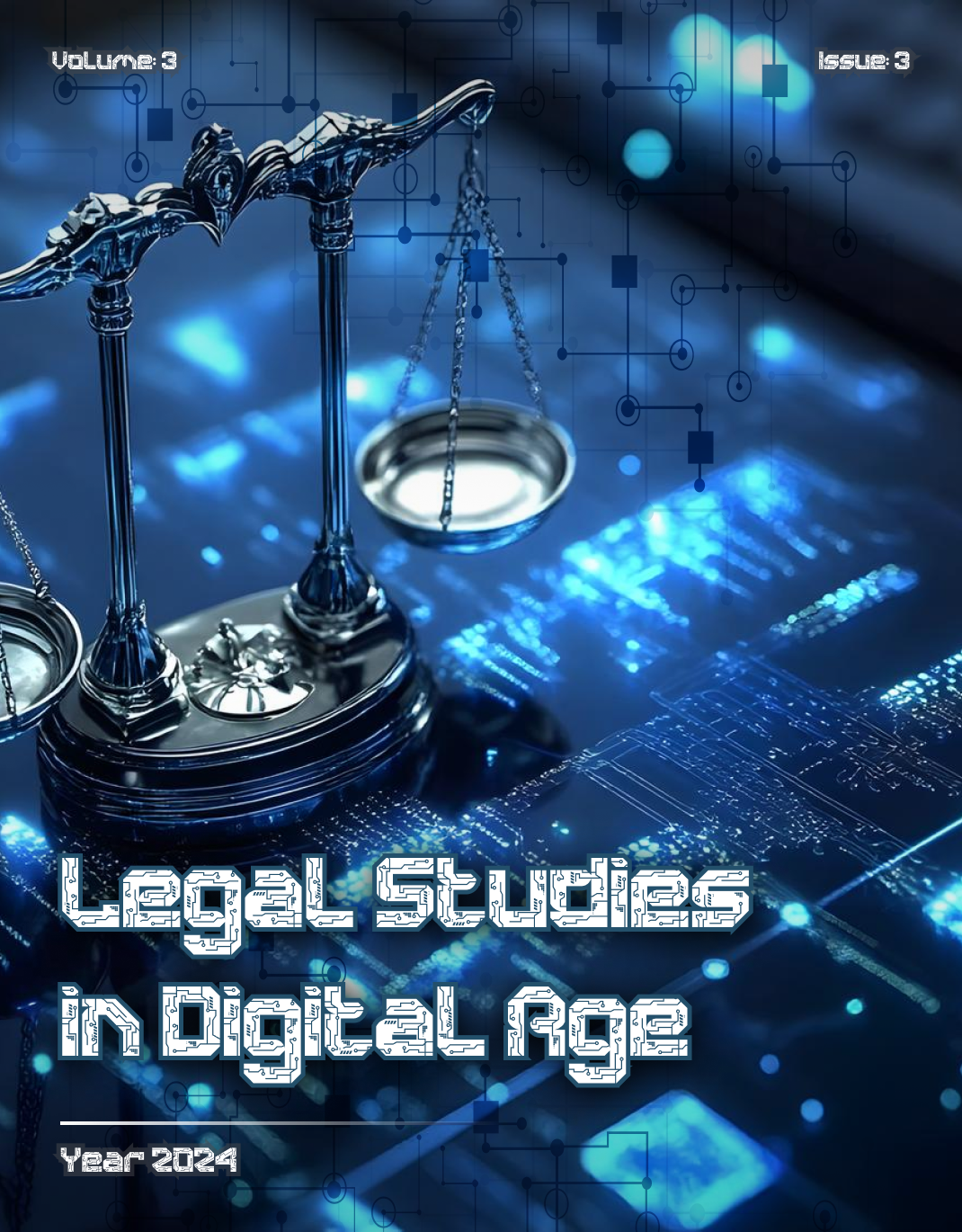Appropriate Working Conditions in the Light of Human Dignity
Keywords:
human dignity, human rights, labor-related rights, intrinsic human value, autonomy, appropriate working conditionsAbstract
In contemporary legal literature, rights categorized as human labor rights are gaining increasing significance. However, there are also objections, primarily based on the foundations of such rights, to classifying these rights as human rights. The approach of the present article is grounded in the premise that workers possess human dignity by virtue of being human and, therefore, should enjoy certain rights in the workplace or in relation to work that either stem from or protect their human dignity. Accordingly, labor-related rights are inseparably linked to human rights, as both originate from human dignity.
References
Alston, P. (2004). 'Core Labour Standards' and the Transformation of the International Labour Rights Regime. European Journal of International Law, 15(3). https://doi.org/10.1093/ejil/15.3.457
Beveridge, W. H. (1909). Unemployment: A problem of industry. London: Longmans, Green, and Co.
Collins, H. (2011). Theories of Rights as Justifications for Labour Law. In The Idea of Labour Law (pp. 137-155). New York: Oxford University Press. https://doi.org/10.1093/acprof:oso/9780199693610.003.0010
Dauai, A. (1887). Labour and Work: Labour is the Enemy of Human Dignity. Workmen's Advocate, 3(17).
Deakin, S., & Wilkinson, F. (1994). Rights VS Efficiency? The Economic case for Transnational Labour Standards. Industrial Law Journal, 23(4). https://doi.org/10.1093/ilj/23.4.289
Drzewicki, K. (2001). The Rights to Work and Rights in Work. In Economic, Social and Cultural Rights: A Textbook. Dordrecht: Martinus Nijhoff Publisher. https://doi.org/10.1163/9789047433866_017
Durkheim, D. E. (1964). The Division of Labour in Society (G. Simpson (Trans.) ed.). London: Collier Macmillan.
Ghai, D. (2003). Decent Work: Concept and Indicators. International Labour Review, 142(2). https://doi.org/10.1111/j.1564-913X.2003.tb00256.x
Hyde, A., Davidor, G., & Langille, B. (2006). What is Labour Law. In Boundaries and Frontiers of Labour Law, Goals and Means in the Regulation of Work.
Kant, I. (1991). The Metaphysics of Morals (M. Gregor (Trans. and ) ed.). Cambridge: Cambridge University Press.
Mantouvalou, V. (2012). Are Labour Rights Human Rights? http://ssrn.com/abstract=2007535
Maslow, A. (1965). Management. Homewood, IL: Irwin-Dorsey Press.
McCurdy, C. W. (1998). The "Liberty of Contract" Regime in American Law. In The State and Freedom of Contract (pp. 161-197). California: Stanford University Press.
Mundlak, G., Friedmann, D., & Barak-Frez, D. (2001). Human Rights and the Employment Relationship: A Look Through the Prism of Juridification. In Oxford.
Radin, M. J. (1987). Market-Inalienability. Harvard Law Review, 100(8). https://doi.org/10.2307/1341192
Savage, L. (2008). Labour Rights as Human Rights? A Response to Roy Adams. Just Labour: A Canadian Journal of Work and Society, 12. https://doi.org/10.25071/1705-1436.80
Sayers, S. (2003). Creative Activity and Alienation in Hegel and Marx. Historical Materialism, 11(1). https://doi.org/10.1163/156920603321624758
Waldron, J. (1993). Liberal Rights. New York: Cambridge University Press.
Wending, A. E. (2009). Karl Marx on Technology and Alienation. New York: Palgrave Macmillan. https://doi.org/10.1057/9780230233997
Downloads
Published
Submitted
Revised
Accepted
Issue
Section
License
Copyright (c) 2024 Legal Studies in Digital Age

This work is licensed under a Creative Commons Attribution-NonCommercial 4.0 International License.

